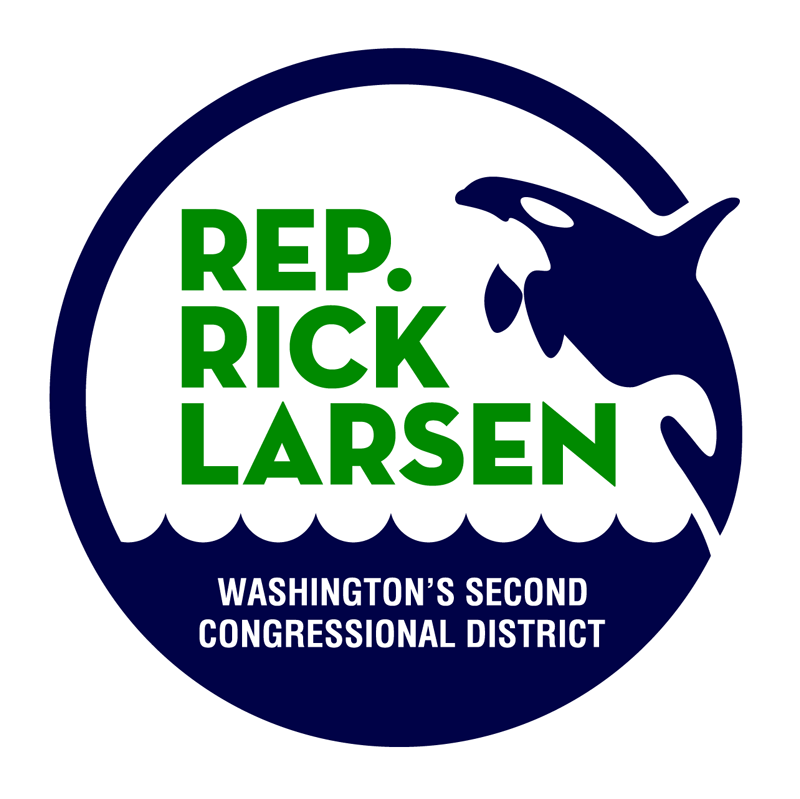Press Releases
Larsen Opening Statement at Aviation Subcommittee Hearing on "The State of General Aviation"
Washington, D.C.,
July 13, 2022
WASHINGTON, D.C. - Today, Rep. Rick Larsen (WA-02), Chair of the Aviation Subcommittee, delivered the below statement during a hearing on changes and trends in the different segments of the general aviation industry, including workforce issues, safety, ongoing sustainability efforts and manufacturing. More information about Wednesday’s hearing, including witnesses and testimony, can be found here. Remarks as prepared for delivery. “Good morning and welcome to today’s Aviation Subcommittee hearing titled “The State of General Aviation.” “In my home state of Washington and across the country, general aviation (GA) means jobs that pay well and the key to long-term economic growth. “A recent study found the GA industry supported an estimated $247 billion in economic output and 1.2 million jobs in the U.S. in 2018. “However, the COVID-19 pandemic forced the industry to face several challenges, including workforce reductions, supply chain disruptions and other issues. “To help put GA back on the right track, Congress took several steps to ensure pandemic relief protects U.S. aviation jobs and keeps supply chains moving. “For instance, the Aviation Manufacturing Jobs Protection Program, which Rep. Estes and I introduced in August 2020 and was included in the American Rescue Plan, protected or saved 3,154 highly skilled aviation manufacturing jobs in my state and more than 30,000 jobs nationwide. “However, Congress can and must do more to better prepare the GA sector for future disruptions. “Over the weekend, I attended the Tarkio Air Show with Ranking Member Sam Graves and Ranking Member Garret Graves. Rep. Graves led a general aviation town hall that provided helpful insights into the priorities of GA operators and companies. “Today’s witnesses represent a cross-section of the GA industry, including aircraft owners and pilots, helicopters, manufacturers, state aviation agencies, small airports and business aviation interests. “I look forward to hearing more about how Congress can support safety and innovation in this growing industry. Workforce Issues “While the U.S. economy is on the move, the GA sector, like many other industries, faces workforce challenges to meet the growing demands of the flying public. “Congress has an opportunity to build on progress made in the 2018 FAA reauthorization law and invest in future general aviation operators, technicians and manufacturers. “The 2018 reauthorization law included several workforce development provisions to improve the recruitment of young people and women to careers in the aviation industry. “In March, the FAA’s Women in Aviation Advisory Board submitted its report entitled “Breaking Barriers: Flight Plan for the Future”, and I plan to use the report’s recommendations and others from aviation stakeholders to build a framework for ensuring a diverse aviation workforce. “The 2018 law also created the Sec. 625 Aviation Workforce Development Grant programs to invest in, recruit and inspire the future aviation workforce. “I am working to develop legislation to increase funding for this initiative and expand eligibility to include aviation manufacturing, to help build the U.S. aviation workforce to meet current and future demands. “One issue I heard from GA stakeholders at the Tarkio Air Show is the mounting workforce issues at the FAA, which are creating backlogs in the rulemaking and regulatory processes. “GA stakeholders are also concerned the agency’s staffing shortages, and the subsequent lack of institutional knowledge, may hinder U.S. leadership in global aviation. “I look forward to hearing from today’s witnesses on how Congress can help improve FAA staffing and reduce any negative impacts on the agency’s regulatory and rulemaking processes. Emerging Aviation Technologies “Over the last two years, this Subcommittee heard from several stakeholders about U.S. aviation innovation and how emerging airspace entrants and technologies, such as advanced air mobility (AAM), can offer potential societal, safety and environmental benefits. “Congress has taken concrete steps to help make these concepts a reality. “As we move into the 2023 FAA reauthorization process, Congress must evaluate the role AAM will play in the GA sector and what needs must be met to safely integrate these vehicles into U.S. airspace. Sustainability and Aviation Fuels “The GA sector has also committed to addressing the industry’s contributions to climate change. “In recent years, the development of electric and hybrid-powered aircraft are among efforts to reduce carbon and noise emissions. “For example, Arlington Municipal Airport in my hometown of Arlington, Washington, is home to Eviation, an aviation company which is developing the nine-seat, all-electric “Alice” aircraft. “The GA industry is also working to adopt alternative fuel sources to reduce carbon emissions from air travel, such as the development and distribution of sustainable aviation fuel (SAF). “There is also the looming issue for the GA sector related to the transition to lead-free aviation fuel. “I look forward to hearing more about how Congress can assist in ensuring a safe transition to lead-free fuels for GA. Conclusion “While the U.S. economy is on the move and the future of aviation remains bright, GA still faces several issues that must be addressed. “Today’s witnesses will provide much needed insight on the GA industry’s priorities and how Congress can be a better partner in these efforts. “Thank you, and I look forward to tackling these issues in a collaborative manner.” ### |

